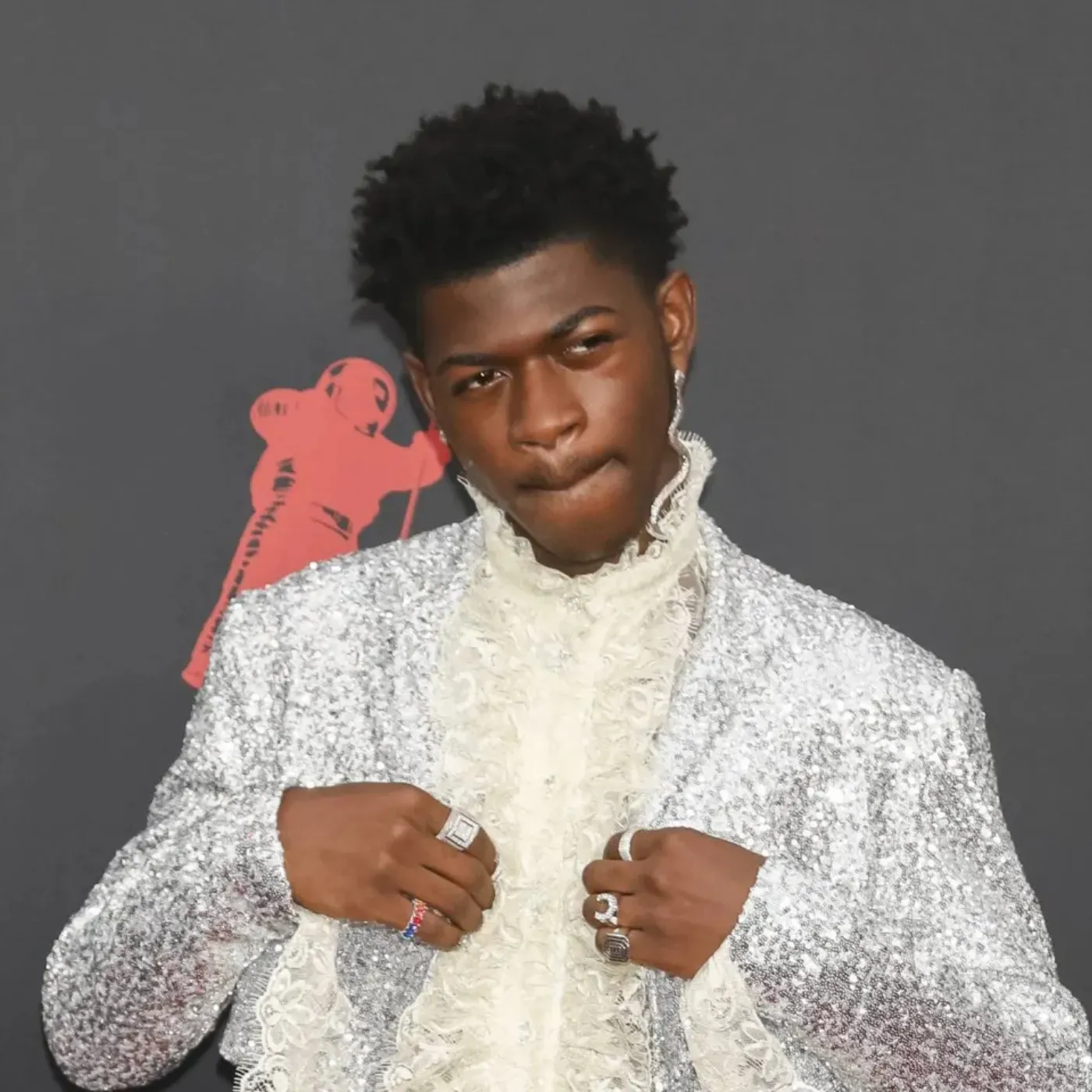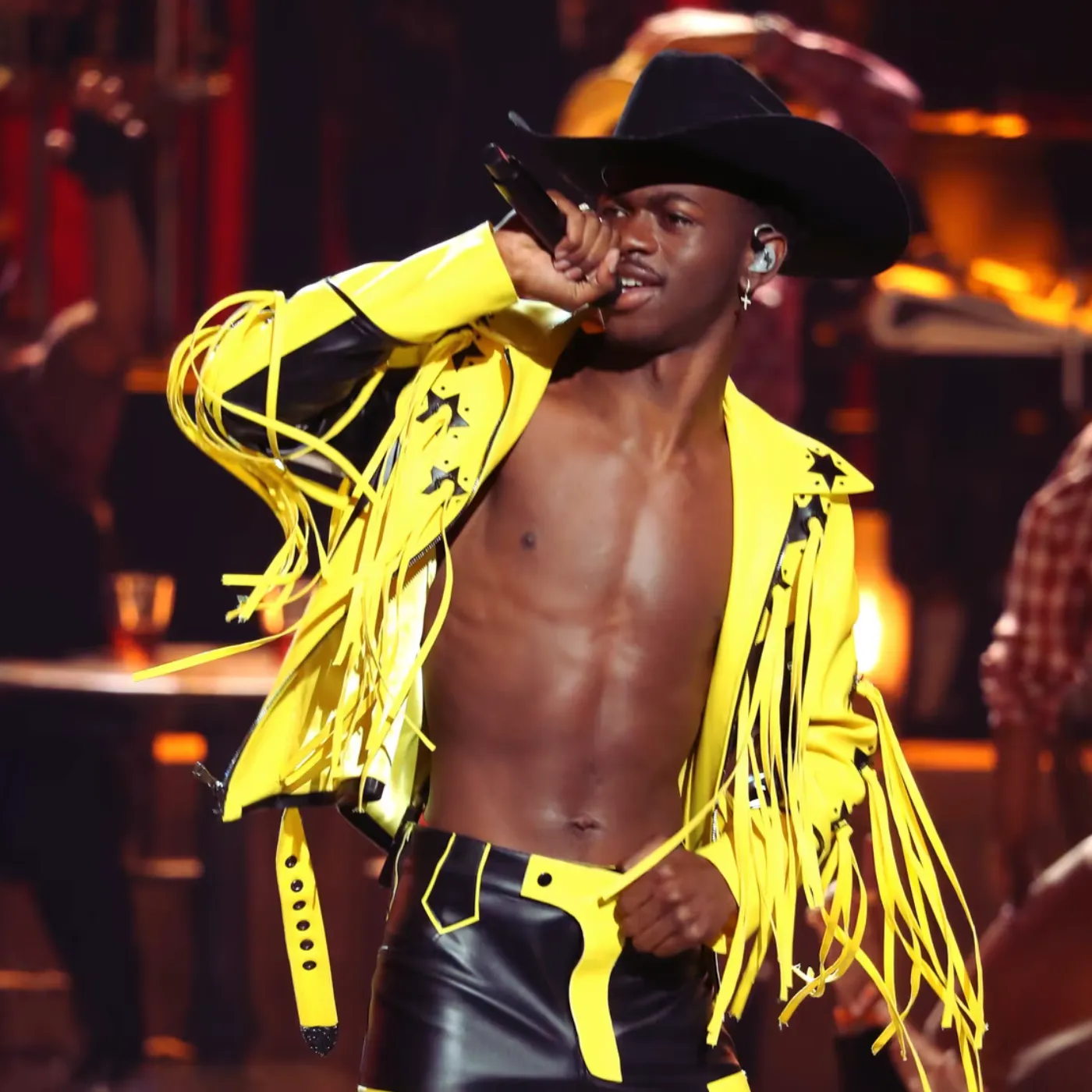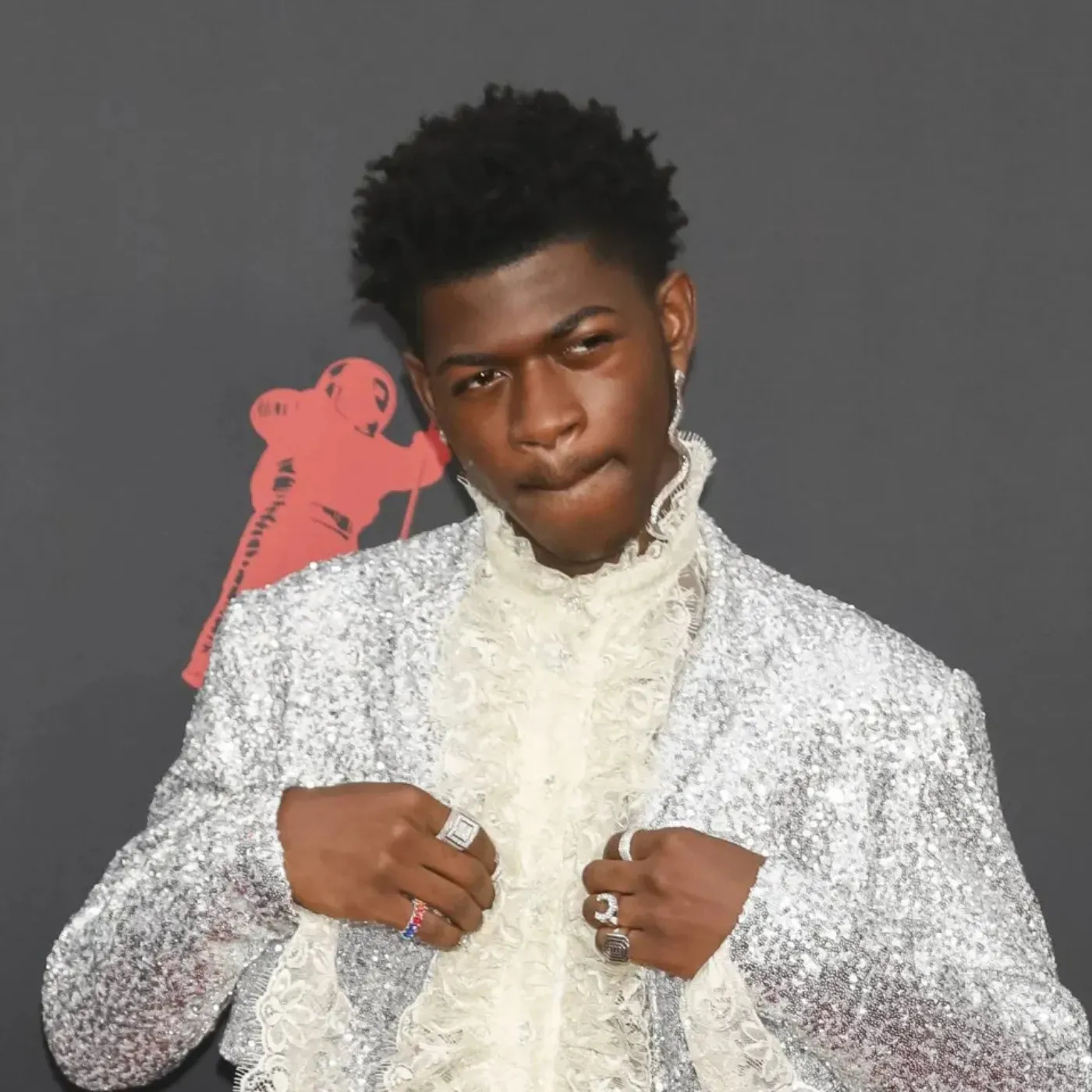

He Broke the Internet—Then It Broke Him: The Lil Nas X Downfall Explained
There was a time when you couldn’t scroll, swipe, or stream without hearing the name Lil Nas X. From TikTok to Times Square, from memes to music awards, Lil Nas X was everywhere. His breakout single, Old Town Road, didn’t just top charts—it obliterated them, setting records that even seasoned industry titans couldn’t touch. But just a few years later, fans are asking, What happened to Lil Nas X?

How did someone with all the internet’s attention become invisible in the digital noise? The fall wasn’t sudden, but it was steep—and maybe even inevitable. What follows is a deep dive into Lil Nas X’s meteoric rise, his calculated online dominance, and the silent storm that may have caused one of the most unexpected fade-outs in recent music history.
The Moment That Changed Everything
Let’s rewind to early 2019—a time when a teenager from Georgia named Montero Hill turned a cowboy hat, a banjo sample, and a beat into a digital revolution. “Old Town Road” was quirky, catchy, and disruptive. It bypassed the gatekeepers of radio, shot up the streaming charts, and ignited a debate that thrust Lil Nas X into the spotlight overnight.
The song didn’t just trend—it rewrote the rulebook. With over 19 weeks at No. 1 on the Billboard Hot 100, it became the longest-running chart-topper in U.S. history at the time. Collaborations with Billy Ray Cyrus, a Super Bowl-level meme strategy, and a relentless Twitter presence made Lil Nas X the ultimate internet-native star.
He wasn’t just a singer—he was a cultural disruptor. And that’s exactly what the world wanted… until it didn’t.
When Everything Was Going Right
Following the success of “Old Town Road,” Lil Nas X dropped “Panini,” “Rodeo,” and eventually his debut album, Montero. Each release was accompanied by jaw-dropping visuals, provocative teasers, and strategic controversy that kept him trending constantly. He became a master at using virality as a weapon.
Spotify streams exploded. YouTube premieres were treated like events. Award shows invited him to perform, red carpets turned into fashion showcases, and memes spun out of every move he made. At his peak, he wasn’t just a trending artist—he was the trend.
Brands wanted him. Platforms boosted him. Fans treated him like a walking headline. He had more than just music; he had momentum.
The Cracks Start to Show
So how does someone that dominant begin to fade?
The first red flag was subtle: streaming slowdown. While Montero (Call Me By Your Name) and Industry Baby featuring Jack Harlow did numbers, none of the follow-ups had the same cultural chokehold. There was no second Old Town Road. And fans noticed.
In 2024, industry observers began tracking a drop in Spotify monthly listeners, shrinking YouTube engagement, and a clear absence from the Top 200 Global Artists. Where once he could post a banana emoji and go viral, now his updates barely crack the feed.
Lil Nas X’s brand of disruption started to feel… predictable.

What Really Caused the Drop?
Multiple factors contributed to Lil Nas X’s fall from peak relevance, and none of them were isolated. Here’s what analysts, insiders, and fans believe caused the downward slide:
Overexposure Fatigue
The very machine that elevated him also overfed the audience. Too much exposure, too fast. Every move became an event, and eventually, the audience burned out. Virality doesn’t guarantee longevity.
Musical Stagnation
Despite enormous effort on visuals and marketing, critics pointed out that the music wasn’t evolving fast enough. The same trap-pop beats, familiar vocal stylings, and hyper-meme marketing began to wear thin. There was no clear sonic reinvention.
Algorithmic Shift
Social platforms changed. TikTok began favoring fresh faces. Instagram’s algorithm deprioritized stars who didn’t constantly post new content. Lil Nas X’s strategy, once unbeatable, stopped working in a shifting digital ecosystem.
Industry Politics
Rumors also swirled that label pressure and creative differences stalled multiple projects. Some even suggest his team couldn’t align on a clear post-Montero identity. The result? A long silence with no compelling comeback.
5. Audience Mismatch
Lil Nas X’s core fanbase skewed younger, meme-savvy, and engaged—but also fickle. As he tried to mature his image and music, many followers didn’t follow. New fans didn’t replace the old ones.
Recent Signs of Decline
Just in June 2025, data revealed:
Spotify Monthly Listeners: 19,157,722, down by 14,226
Global Top Artist Ranking: Dropped out of Top 200
Engagement on latest post: Down 37% compared to 2022
YouTube view average: Slashed in half since Industry Baby era
That’s not a dip. That’s a signal.
Where Is He Now?
That’s the question everyone’s asking—but Lil Nas X isn’t answering. His social posts have been sporadic. Music teasers feel tentative. Even brand collaborations have slowed. There’s no clear lead single, no tour schedule, and no controversial moment lighting up feeds.
For a star who thrived on being talked about, the silence is deafening.
Can He Come Back?
Absolutely—but only if he rewrites the game again. Here’s what the comeback playbook could look like:
New Sound, Not Just New Look: Something sonically different. Think less meme-pop, more cinematic or genre-fusion.
Fewer Gimmicks, More Guts: A stripped-down, vulnerable project could shock fans and critics alike.
Rebrand the Name: Many are calling for him to go by “Montero,” emphasizing authenticity over persona.
Strategic Disappearance, Followed by Explosion: Let the silence build tension—then deliver a knockout campaign.

Final Word: A Cautionary Tale?
Lil Nas X’s journey isn’t just a pop story. It’s a digital case study. In an era where attention is currency and relevance is one scroll away from vanishing, his story is a stark reminder:
You can master the internet…
But the internet doesn’t belong to anyone.
He rose because he understood how to game the system. But now that system has changed, and it’s unclear if Lil Nas X can adapt fast enough. The industry may have moved on. But his fans? They’re still watching—and waiting.
Because the only thing louder than a rise…
It is a comeback.


















